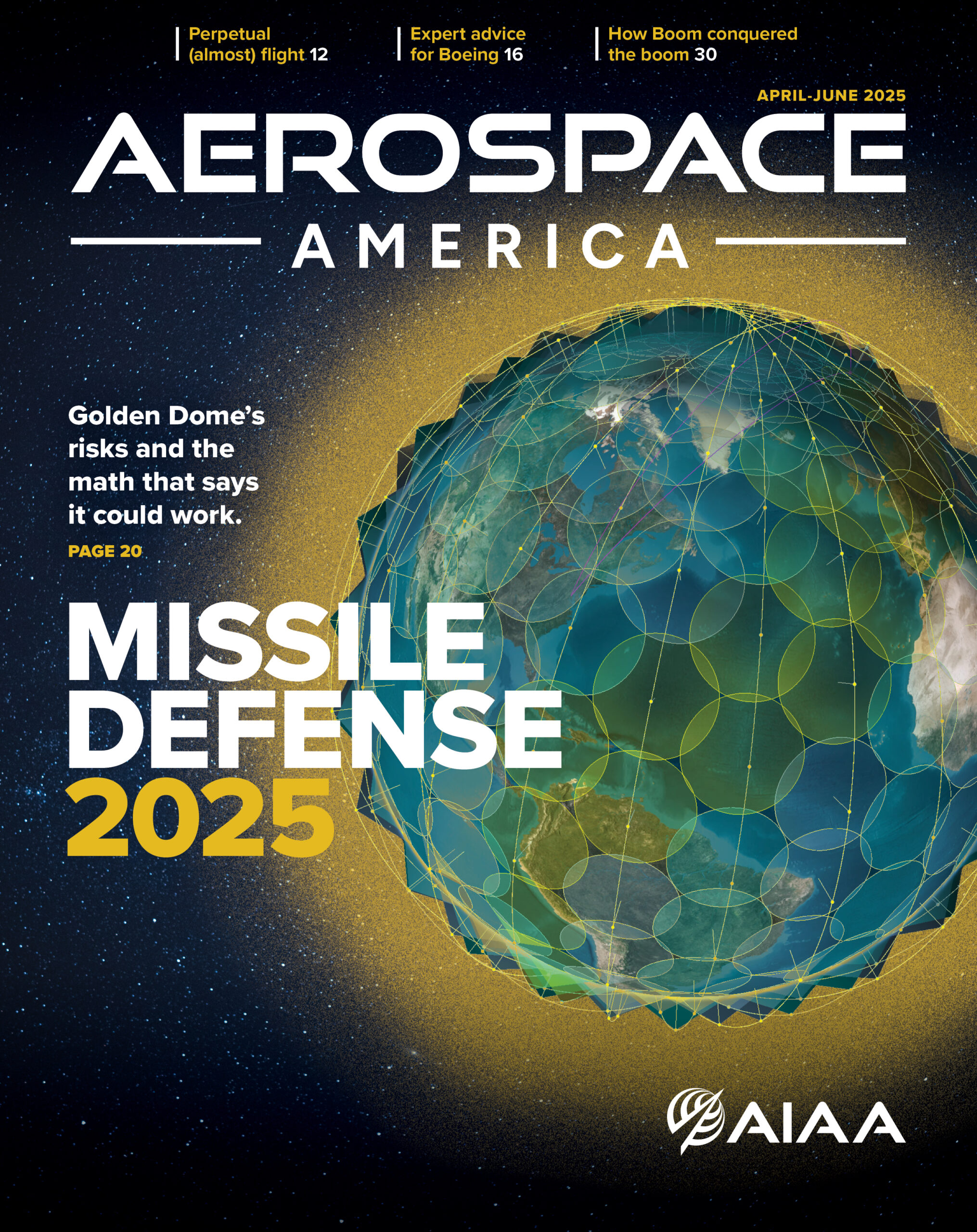When it comes to advanced air mobility or AAM investment, the United States is outspending Europe by about 10 to 1, according to Michael Dyment, NEXA Capital Partners, at an AIAA lunchtime briefing on 20 March in Washington, D.C.
Congressional staff were joined by industry and association stakeholders to discuss paths for U.S. leadership in enabling and expediting AAM operations. Moderated by AIAA CEO Clay Mowry, the expert panel included Michael Dyment, NEXA Capital Partners; Rex Alexander, Five-Alpha LLC; and Angelo Collins, Vertical Flight Society.
“New aircraft use designs we’ve never imagined,” opened Mowry. “They’re changing how we think about flight.”
Panelists described how domestic leadership on emerging aerospace technology has wide ranging global impacts. Alexander cited better batteries and lightweight materials as key drivers enabling new aircraft concepts. Collins noted safety improvements in multipropeller systems due to redundancy. He also added, “There’s been a rush among young professionals to seek internships and initial jobs at AAM startups, surprising [traditional OEMs].”
Panelists discussed the major hurdles to integrating novel aircraft. A vertical flight public transportation system designed to support urban areas will require new and innovative infrastructure. Heliports, power grids, and maintenance systems must evolve. Two main issues are that most heliports are private-use and therefore ineligible for federal funding, and heliports are commonly relegated to the lowest priority for electrical power access and expansion.
For their part, the panel called for clear rules and certification standards. They also noted that radar and weather technology will become more critical. These systems must scale for domestic and global use.
“The U.S. has an opportunity for leadership in developing a blueprint for operations alongside harmonizing international voltage standards and take-off and landing apparatus among global partners, and as much as an $8 billion export opportunity in regions such as the Middle East,” noted Dyment. Alexander and Dyment recently joined a U.S. Trade Mission to Saudi Arabia organized by NEXA Capital Partners and the U.S.-Saudi Business Council.
“This vital discussion comes at a critical point in the evolution of activities in the National Airspace System. We’ll continue to discuss the topic of safely integrating novel aircraft into air traffic management systems with lawmakers this spring, as well as during the AIAA AVIATION Forum, our premier aeronautical event coming up this summer in Las Vegas,” concluded Mowry.




